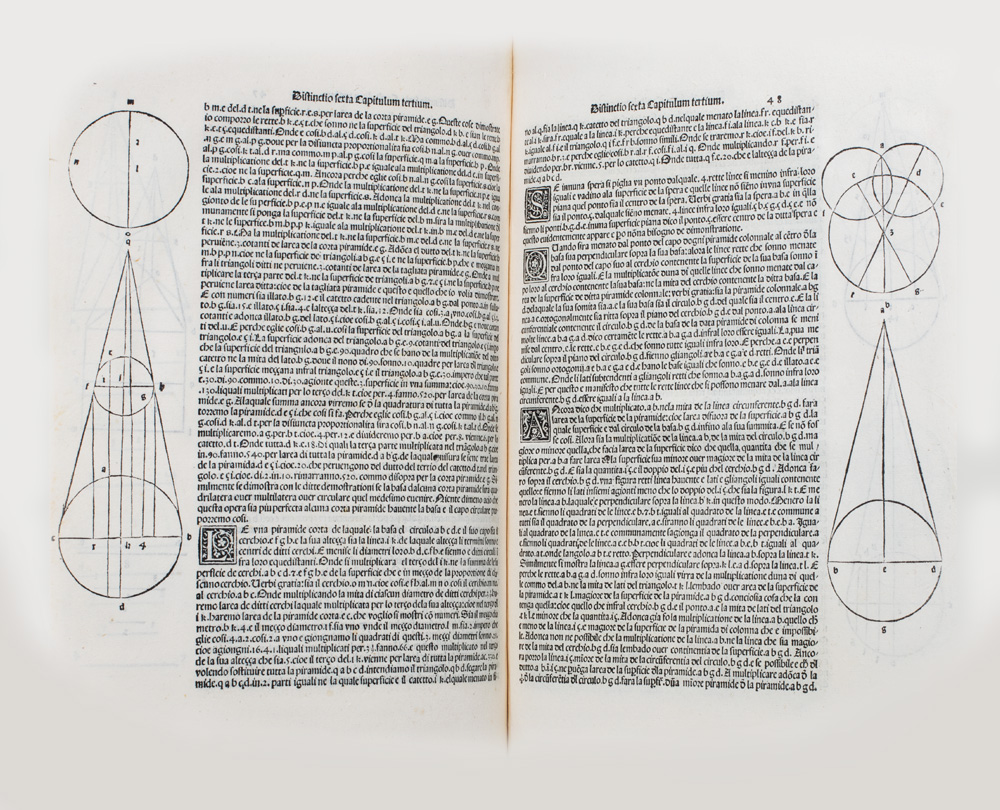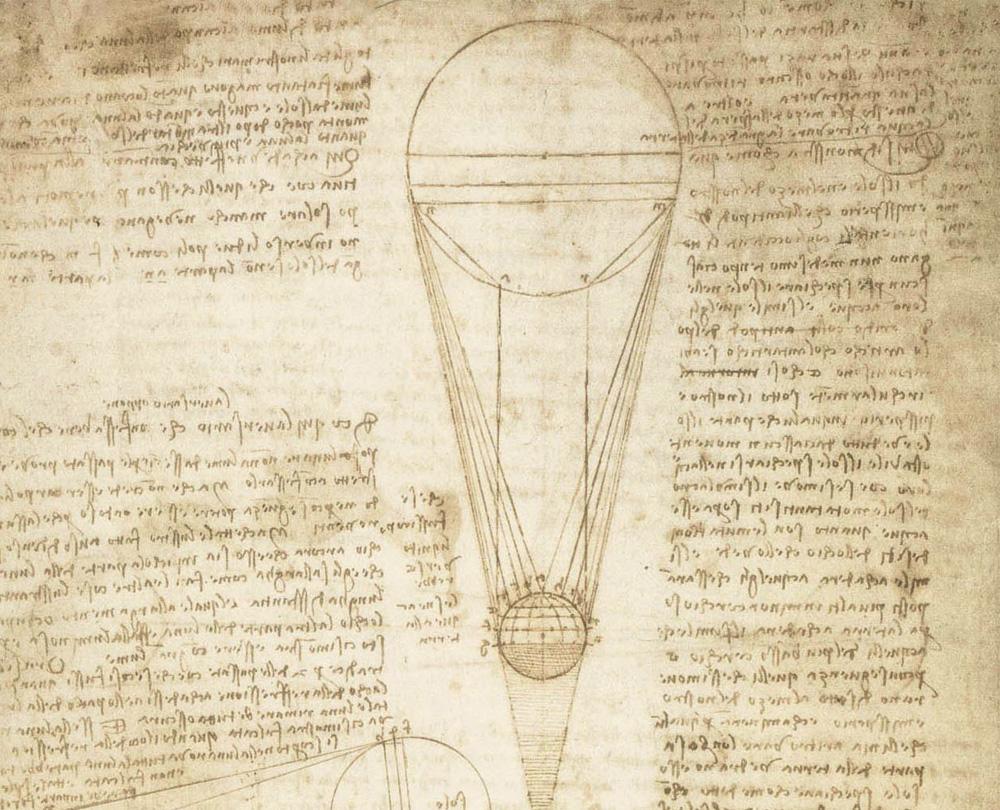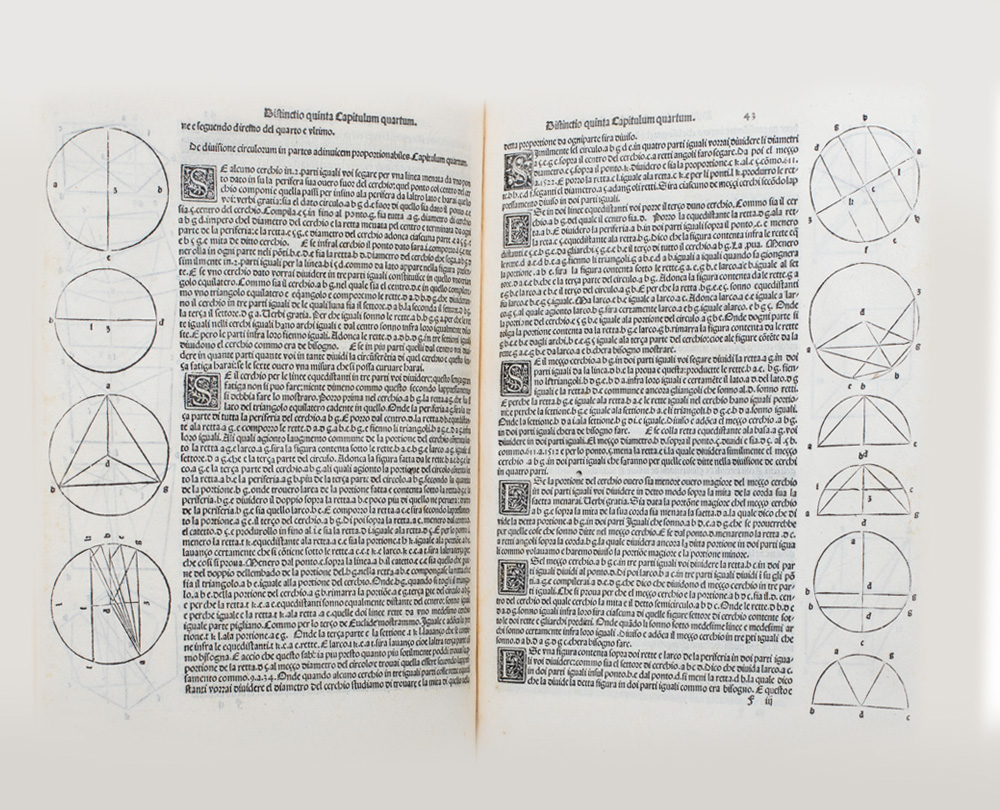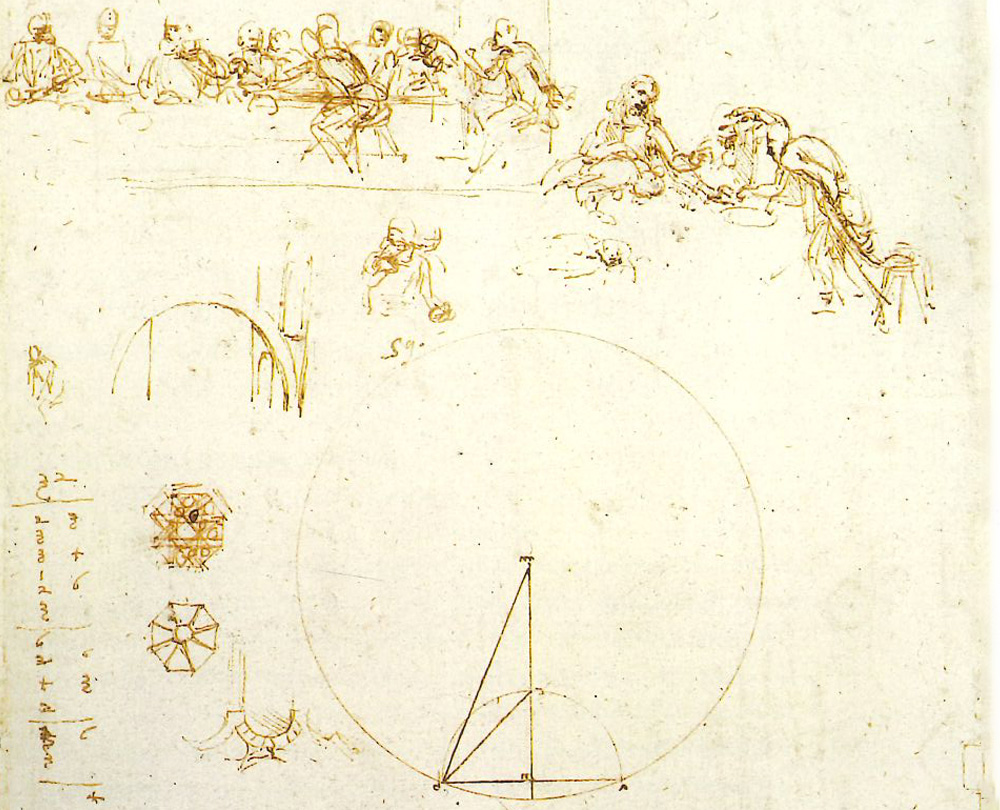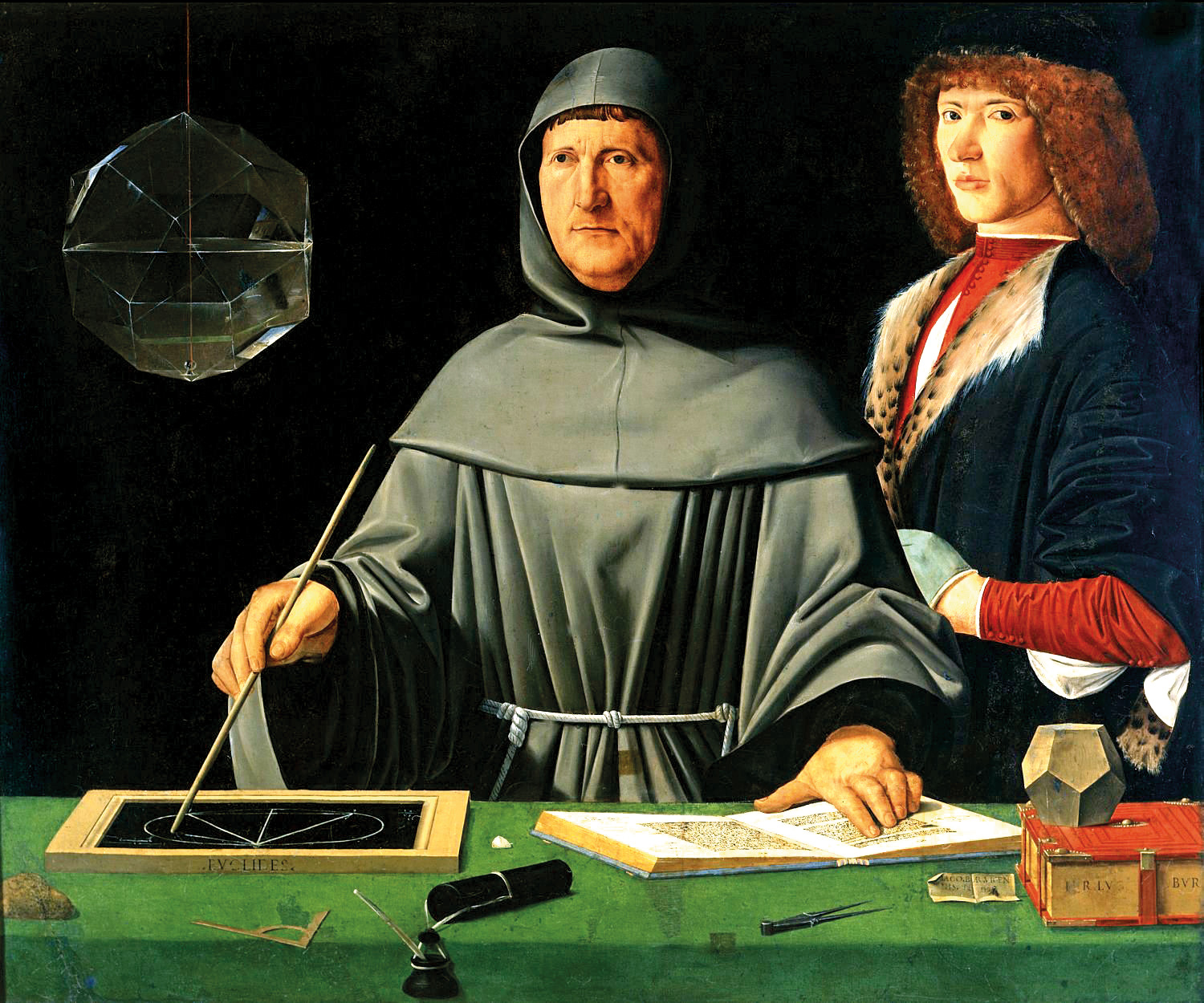LUCA PACIOLI'S MASTERPIECE: THE TIMELESS BOOK
The Summa offers itself as a text open to the future, due to the fact its variegated and multifaceted lesson has transmitted the thought of Pacioli beyond time and space: an economic civilization was formed on the XI treatise of the double entry and on the many reflections of corporate law, management and economic analysis, of business administration, that Luca was able to admirably condense and explain in these papers.
Translated into all the languages of the world, studied and reputed as one of the fathers of the modern economy, Pacioli would have liked to remember him as a diligent master who offers his book open to learners who came to listen to him ... and this is the image of himself that he leaves us, the iconography of the friar with the book open before him in the act of explaining and unfolding his thought. And his voice still seems to be heard in the university lecture halls, in the courts of Italy as well as among the bricks of Venetian merchants, to give and take lessons all day.

